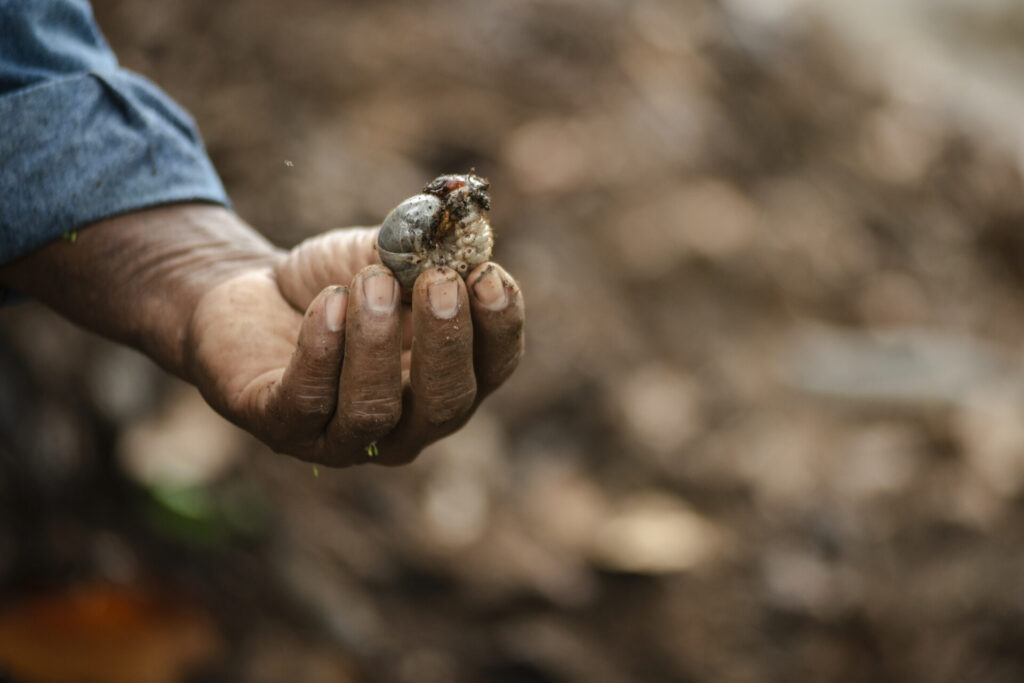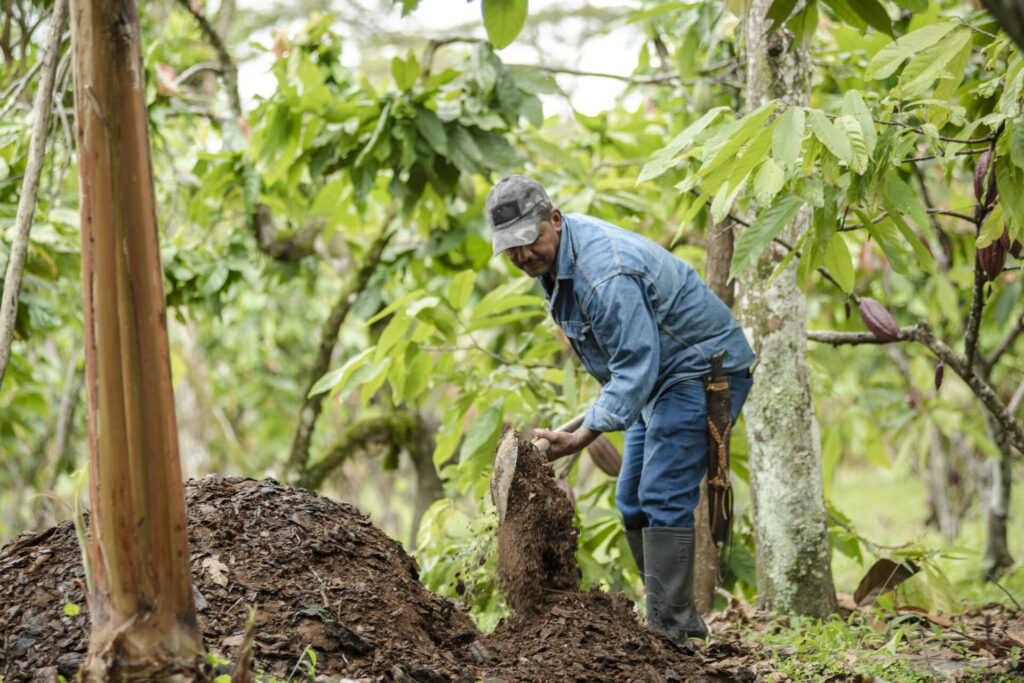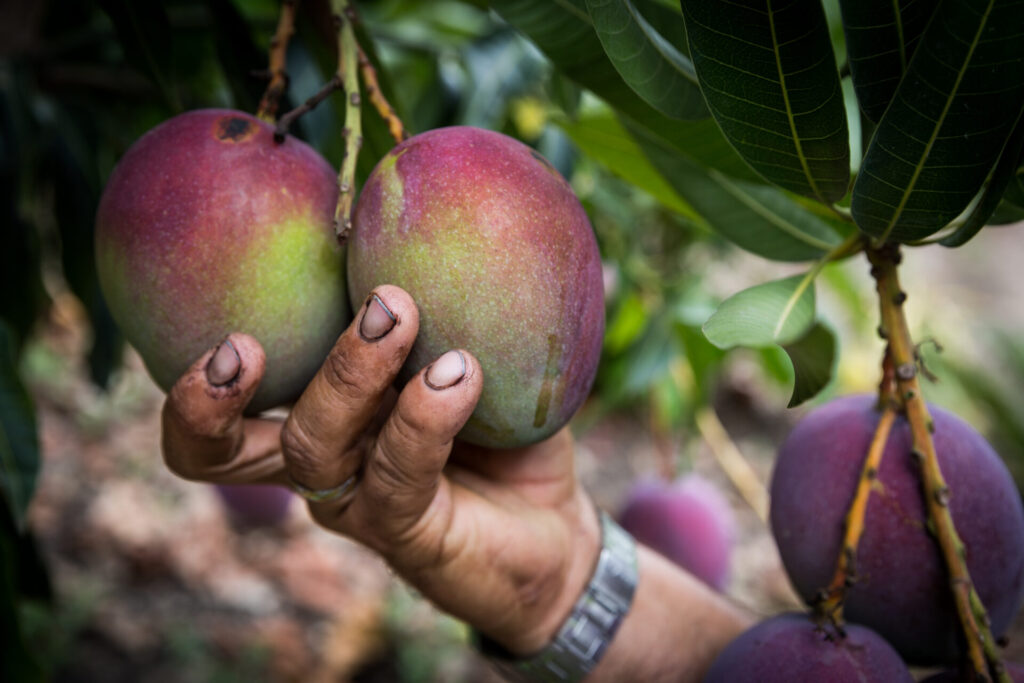
Over half of Earth’s biodiversity is found in soil
At first glance, soil might not look like it’s bursting with life, but there’s more than meets the eye. Unlike dirt, which refers to small abiotic particles of clay, sand, silt, gravel, and stones, soil is a unique living ecosystem comprised of plants, animals, water, and minerals.
Just one teaspoon of soil contains more than one billion microorganisms, including bacteria, fungi, protozoa, archaea, nematodes, and microscopic insects. Along with microorganisms, soil is home to larger invertebrates like worms, ants, beetles, and termites. Together, this rich biodiversity performs key ecosystem services like filtering water, cycling nutrients, aerating soil, and decomposing organic matter. Biodiverse soils support healthy food webs and strengthen overall ecological resilience.

Soils store more carbon than the atmosphere and all plant life combined
Soil is one of Earth’s largest carbon sinks, second only to the ocean in carbon sequestration. During photosynthesis, plants absorb carbon dioxide, sunlight, and water to produce glucose and other essential amino acids for plant growth and development. Any extra carbon is secreted through the plant’s root system and stored in the soil as organic matter.
Protecting soil health is an important nature-based solution for climate change mitigation. Healthy, undisturbed soils, especially those managed through regenerative agriculture practices, can lock away large amounts of carbon for decades and even centuries.

Healthy soils are the foundation of food systems
Soil is the cornerstone of global food systems, providing 95% of the food people and livestock consume. Soils rich in organic matter and biodiversity produce nutrient-dense crops that provide essential daily minerals like iron, zinc, magnesium, and potassium to communities worldwide. Healthy soil also helps crops survive against droughts, powerful storms, and floods. Strong root systems stabilize plants, minimize erosion, and secure valuable topsoil necessary for food production.
Worldwide, environmentally destructive practices like deforestation, monocropping, extensive chemical fertilizing, and industrial pollution are degrading soil biodiversity and threatening the health of food systems. Regenerative farming practices like composting, restoring native plants, and expanding cover crops offer a sustainable solution in rebuilding soil health to support livelihoods and food security.
When we protect soil health, we protect future generations
Soil health is not just about agriculture — it’s about protecting global biodiversity, fostering climate-resilient ecosystems, and supporting community well-being through food security. By embracing holistic land management practices and regenerative agriculture, we can restore soil health and build a more sustainable future for people and the planet.
Explore stories of regenerative agriculture